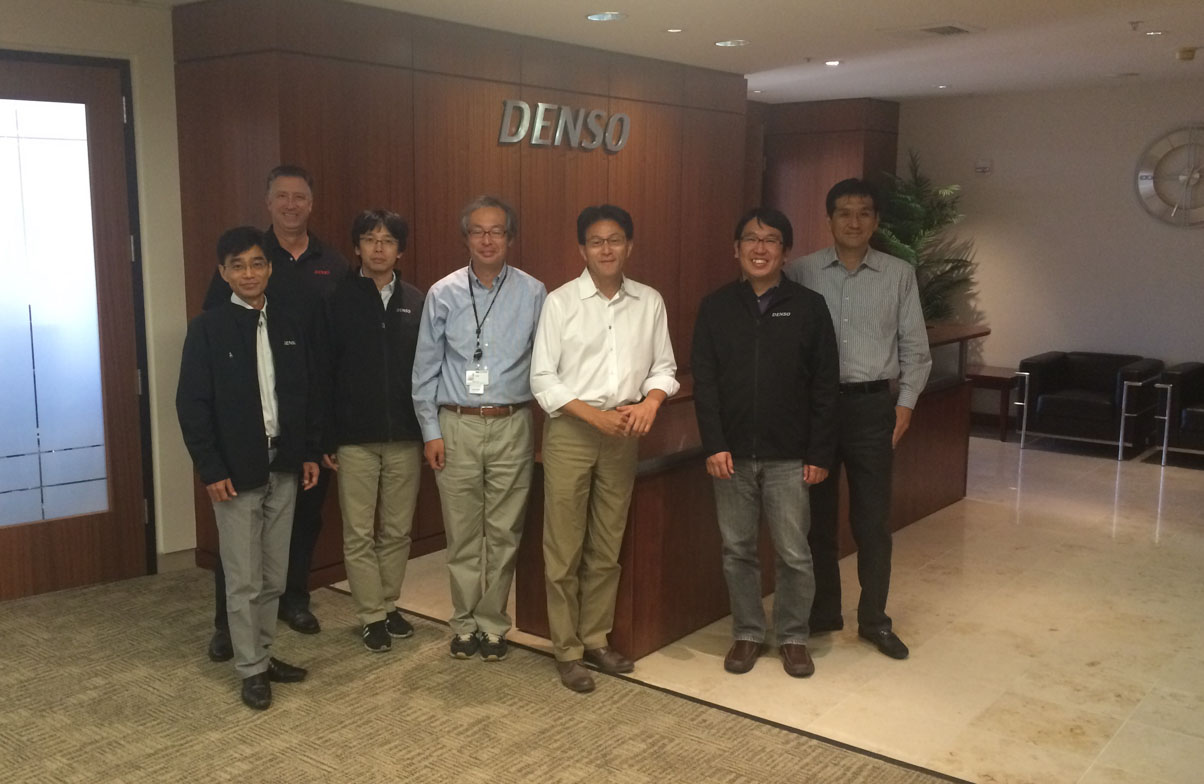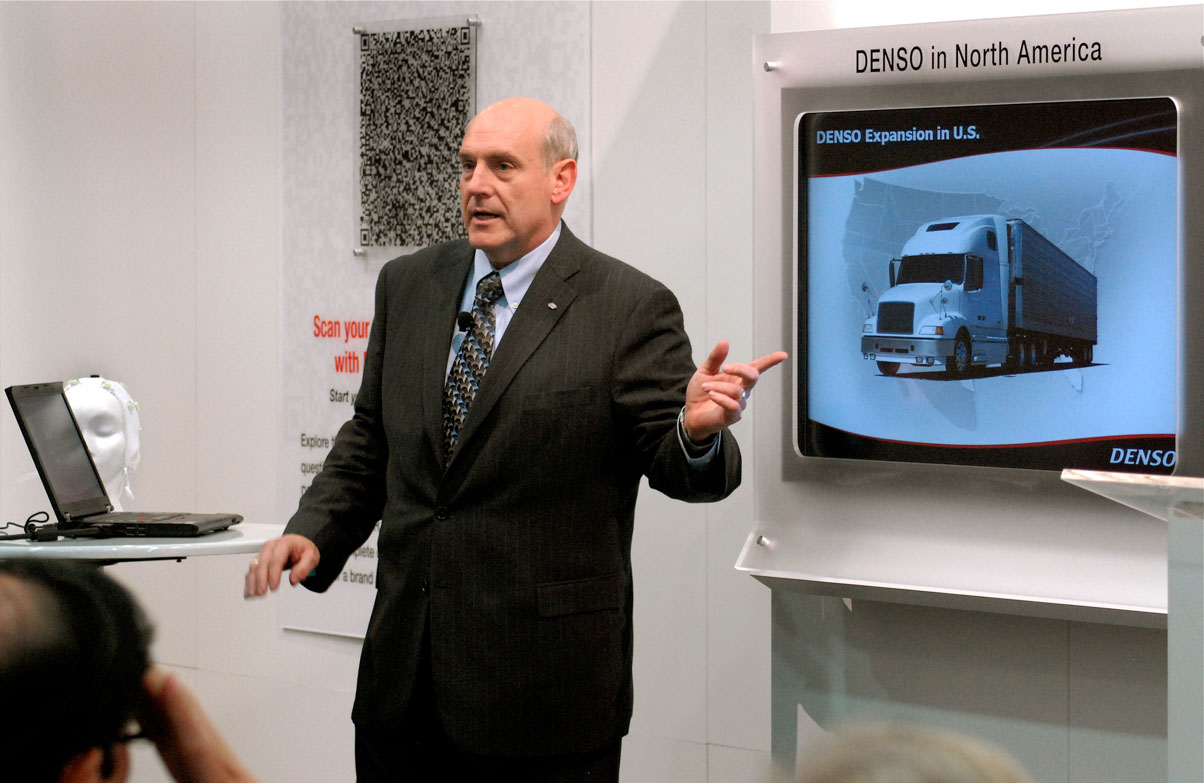7. Putting the Pedal to the Metal in Silicon Valley

If Los Angeles is a great big freeway, then San Jose is a superconductor highway where companies accelerate innovation.
Acting on a direct mandate from DENSO’s President at the time, Koji Mori left Detroit for California’s Silicon Valley in 2010 to establish a software research and development team in the state’s famed tech basin. It was a calculated move in response to transportation’s growing reliance on software for safer, more convenient mobility.
By 2012, Koji Mori, DENSO’s Director of North America Research and Development (R&D), and two associates had opened an office and tapped local tech expert Tony Cannestra to assist with potential startup investments. Cannestra came onboard in 2014 and formed the Corporate Venture Capital team (CVC), where he now serves as Director.
With these early efforts, DENSO’s Silicon Valley Innovation Center was officially launched, placing the company among the very first automotive giants finding their way to San Jose.

Outside Innovation
“DENSO understood that the auto industry was moving towards an accelerated development model,” explained Roger Berg, who joined the effort in 2013 and is VP of North American R&D at DENSO.
“The Silicon Valley team focused on IT for transportation, automated driving, data analytics and cyber security,” Berg continued. “Our goal was to partner with companies who knew how to develop products and technologies via rapid, frequent prototyping with regular customer exposure during development. This was not the traditional, ‘near ready’ model DENSO embraced at the time.”
Still, DENSO leadership recognized that innovation in the 21st century looked vastly different than it had in previous decades. And while internal R&D remained important, there was essential value in external innovation, which was more disruptive and less costly.
“DENSO was among the very first automotive Tier 1 suppliers to establish a presence here and begin vetting startup Silicon Valley companies, where that rapid development strategy was commonplace,” Cannestra said. “For DENSO, this was truly an R&D milestone.”
The team’s mission was straight forward: contribute to DENSO’s global business through novel approaches to regional R&D and establish best practices for capturing “unique results” from the American experience and its culture.
Too Reckless. Too Risky.
These activities represented a seismic shift in how DENSO R&D operated and there was strong resistance to the notion of rapid and agile prototyping. It simply wasn’t the DENSO way.
“We had to overcome internal views of DENSO taking on too much risk with too little control,” Berg shared. “The industry was becoming increasingly complex and technologies such as AI were on the precipice of becoming significant factors in transportation. This meant DENSO had to respond differently than it had before.”
Foresight Leads the Way
But with support from DENSO leadership, and frequent meetings with R&D teams in Japan and North America, the Silicon Valley team overcame those initial hurdles.
Other challenges included perceptions among the area’s tech talent, who viewed DENSO as a traditional Japanese company in an industry that was slow to change and innovate.
“Early and interesting CVC investments provided powerful and positive exposure for DENSO’s Silicon Valley operations and helped propel more awareness and curiosity about what we were doing,” Cannestra recalled. “This was critical to the success of our original efforts of developing and maintaining software R&D at this location.”
Importantly, the Silicon Valley Innovation Center was now poised to advance DENSO’s Two Great Causes while serving as a foundation to the company’s CASE transformation leadership. In fact, DENSO’s early presence there has resulted in several key relationships, including with the University of California, Berkeley, which have expanded the types of projects on which the Silicon Valley team works.
“This group has significantly elevated DENSO R&D thinking about the value of external innovation and how we can use it to stay ahead of the technology curve,” Cannestra pointed out. “In the last year alone, we have helped both DENSO NA and Japan R&D groups connect with startups working on specific technologies for mobility applications.”